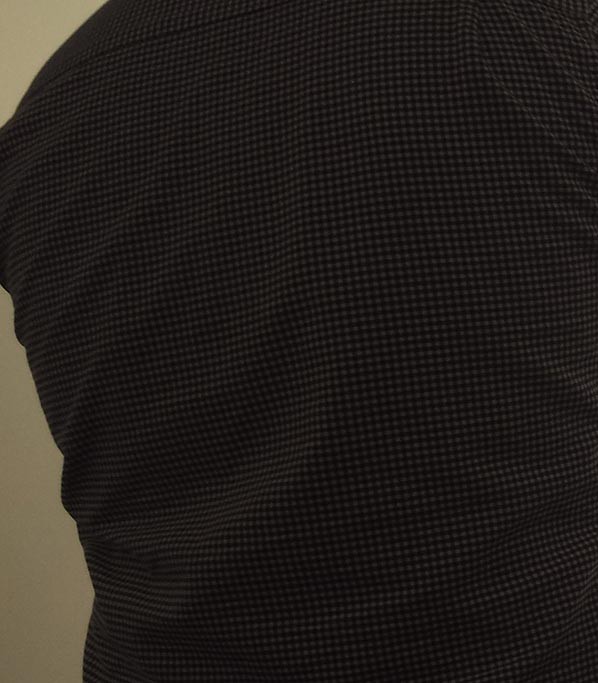In this blog on the relationship between mitigation. adaptation and loss and damage, Dr Tara Shine outlines some of the possible approaches to addressing these linked issues and highlights the need for political leadership.
In this blog on the relationship between mitigation. adaptation and loss and damage, Dr Tara Shine, Head of Research and Development with the Mary Robinson Foundation – Climate Justice, outlines some of the possible approaches to addressing these linked issues and highlights the need for political leadership.
The heart-wrenching consequences of Typhoon Haiyan bring the reality of the most extreme weather events home to us all.
The Philippines is a country that regularly withstands severe weather with resilience, experiencing many typhoons every year. But that resilience, that ability to adapt, was surpassed by Typhoon Haiyan. It is a demonstration of the type of extreme event that surpasses human capacity to adapt.
When we exceed the capacity to adapt through preparation, planning and investment, we enter the realms of loss and damage – a hotly contested issue at COP19. Extreme events and slow onset climate impacts such as sea level rise and glacial melt fall outside the realm of human adaptive capacity – the options in such cases are limited to displacement and migration.
In Warsaw on Monday, at an event organised by Many Strong Voices, two young men – Kendri Griffin, a student from Barbuda, and Charlie Nakashuk, a Nunavut representative from the Arctic – articulated through photographs and stories the impacts of climate change on their communities. They also spoke of their connection – although thousands of miles apart – as the melting glaciers in the Arctic contribute to the sea level rise being experienced in the small island states.
Speaking to climate scientists at COP19 it became clear to me that the most direct links between the impacts of Typhoon Haiyan and climate change are associated with sea level rise. The rise in sea level by approximately 20cm between 1901 and 2010[1] was enough to magnify the storm surge caused by the typhoon, so that a wave of water engulfed the coastal communities in the affected islands. The horrible result was death by drowning on a massive scale.
So what to do?
Our response, as a society, has to be based on an understanding of the continuum between mitigation, adaptation and loss and damage. The more we limit the greenhouse gases we emit into the atmosphere, the more feasible and affordable adaptation will be and the lower the risk of unavoidable loss and damage.
With this in mind the global community needs to urgently make the transition to a carbon neutral world. So commitments made to reduce greenhouse gas emissions need to be delivered, accounted for and increased – not reduced.
Hand in hand with this transition, we need to assist vulnerable countries, who have contributed least to climate change, to adapt to its impacts. These are the countries most experienced in coping with climate impacts, however they need and have been promised support to help scale up these efforts and protect their citizens. This means delivering on climate finance – as promised in Copenhagen – reaching 100 billion USD per year by 2020. The failure to deliver the climate finance promised has reduced the capacity of developing countries to adapt in a manner consistent with the rising threat of climate change. It has also decimated any trace of trust between countries at the climate negotiations.
As efforts to address adaptation and mitigation at the international level falter, the focus inevitably shifts to loss and damage – the unmanageable impacts.
A pathway forward could be inspired by the experience of transitional or restorative justice which finds reconciliation after incidences of war and human rights abuses. We all remember South Africa’s experience of transitional justice through the Truth and Reconciliation Commission. Archbishop Desmond Tutu, who played a key role in this process, said: “There are different kinds of justice. Retributive justice is largely Western. The African understanding is far more restorative – not so much to punish as to redress or restore a balance that has been knocked askew.”
Transitional justice is about political transformation and transition – two things at the core of an effective response to climate change. The mechanism on loss and damage we expect to emerge from COP19 could consider how to apply elements of this approach to an effective response to extreme events and slow onset climate impacts, by:
Firstly, acknowledging responsibility for the causes of climate change and the injustice of disproportionate impacts on those who are least responsible – perhaps through the symbolic power of an apology.
Secondly, a response based on solidarity in the face of unmanageable climate impacts. This could be through regional or global solidarity funds and would operate without the necessity for strict attribution.
Thirdly, a guarantee of non-repetition – this is perhaps the most important aspect, and involves acting now to avoid any future injustice by taking the steps necessary to hold warming as far as possible below 2°C.
To act now we need political will. This is the single biggest factor missing from the international climate talks. It is time for world leaders to raise climate change up their list of priorities; recognising the risks it poses and sending clear policy signals to boost investment in the opportunities an effective global response provides.
To fail to do so is to fail to lead and to pass the buck to the next generation to solve – this is not very fair and certainly not just.
Related Links
Our Work: Equity and Climate Justice
The Foundation’s activities at COP19
[1] ‘The rate of sea level rise since the mid-19th century has been larger than the mean rate during the previous two millennia (high confidence). Over the period 1901–2010, global mean sea level rose by 0.19 [0.17 to 0.21] m’. IPCC, WG1, CLIMATE CHANGE 2013, The Physical Science Basis. Headlines for Policy Makers.


